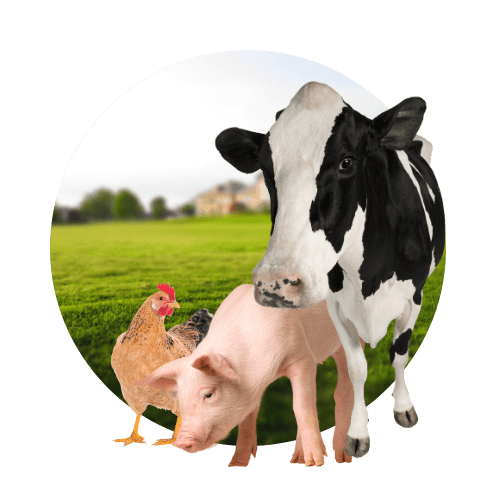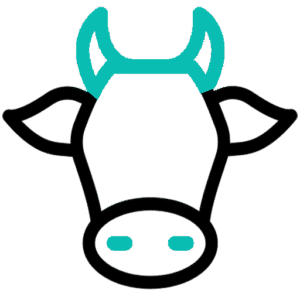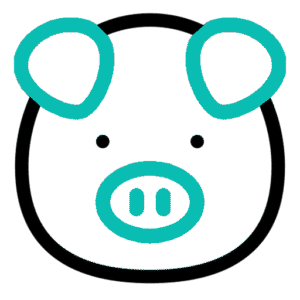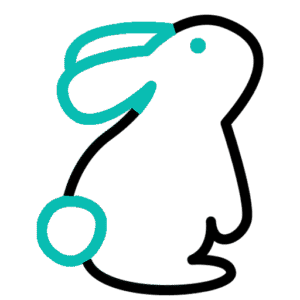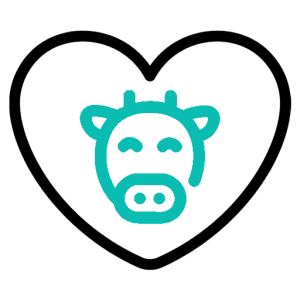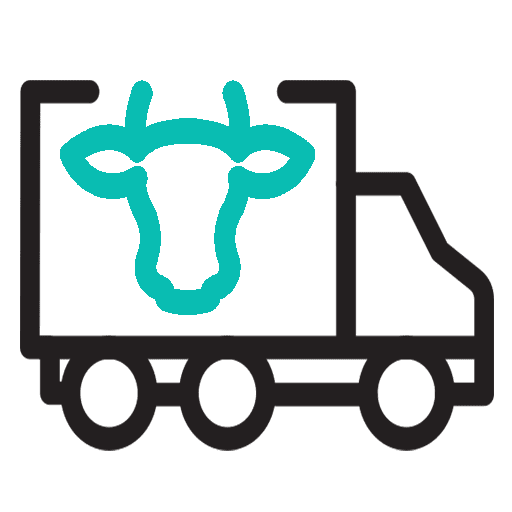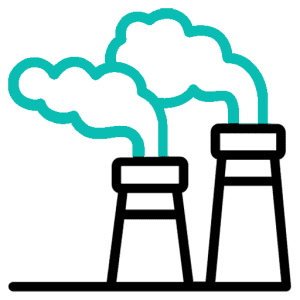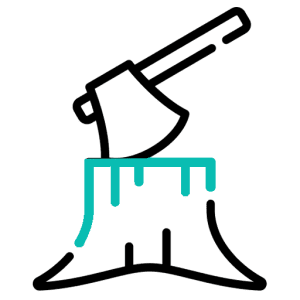Greetings, dear readers! Today, we embark on a journey that shines a much-needed light onto the dark corners of modern agriculture. Brace yourselves as we dive into the disturbing reality of factory farming and the profound impact it has on animal welfare. Prepare to uncover the hidden costs that lie beneath the surface of our food production system.

Defining Factory Farming
Before we delve deeper, let’s establish a clear understanding of what factory farming truly entails. Unlike traditional farming methods, factory farming operates on an industrial scale, prioritizing maximum output and efficiency. It involves confining animals in tight spaces, where mechanized processes dominate their lives. Unfortunately, this method has numerous detrimental consequences on animal welfare.
Animal Welfare Concerns
Within the walls of factory farms, animal cruelty runs rampant. Picture this: cramped living conditions, limited mobility, and unnatural behavior patterns. Chickens unable to spread their wings, pigs confined to gestation crates, and cows standing on concrete floors day in and day out. These are just glimpses into the grim reality that factory-farmed animals face.
For farm animals subjected to factory farming, health risks are alarmingly high. The stressful environment, overcrowding, and lack of proper veterinary care make them susceptible to a variety of diseases, injuries, and infections. The sad truth is that the very system meant to sustain them often leaves them weak and vulnerable.
Societal Implications
The implications of factory farming extend far beyond the realm of animal welfare and environmental concerns. There are real risks to human health as well. The overuse of antibiotics in factory farming breeds drug-resistant bacteria, making infections harder to treat. Furthermore, the unsanitary conditions in which animals are raised increase the risks of foodborne illnesses, posing a threat to consumers.
Ethically, factory farming raises moral dilemmas and has sparked widespread consumer backlash. As awareness about animal rights and welfare grows, individuals are increasingly questioning the morality of supporting such practices. This shift in consumer values is reflected in the rising demand for more sustainable and humane alternatives.
Steps towards a More Sustainable Future
Thankfully, there is hope on the horizon. The agricultural industry is witnessing the emergence of innovative and sustainable practices that prioritize animal welfare. Organic farming and regenerative agriculture are two noteworthy examples. By adopting these methods, we can promote healthier environments for animals to thrive.




